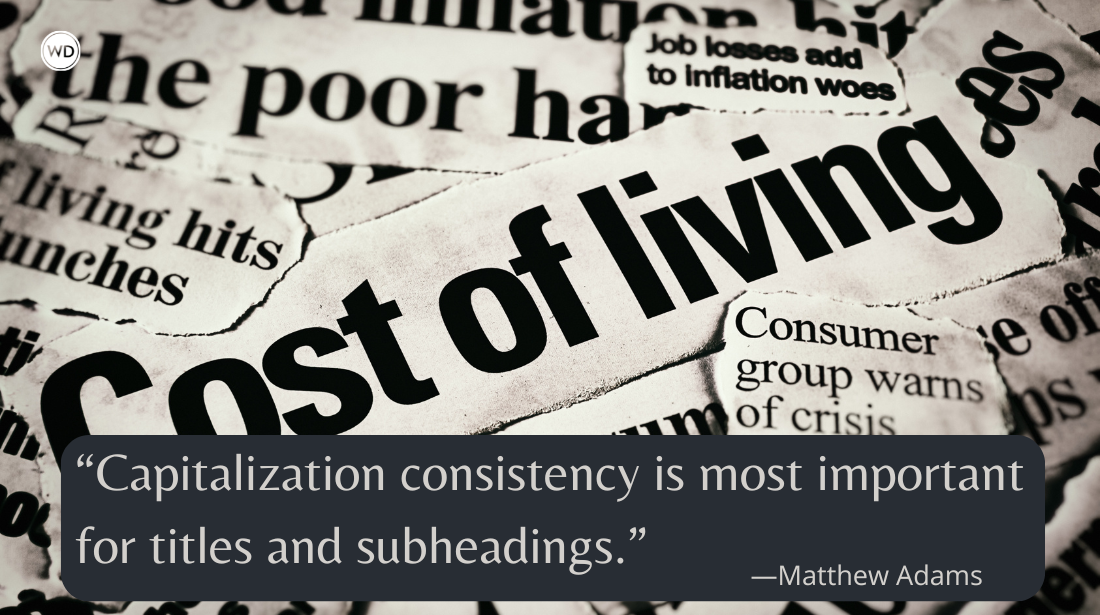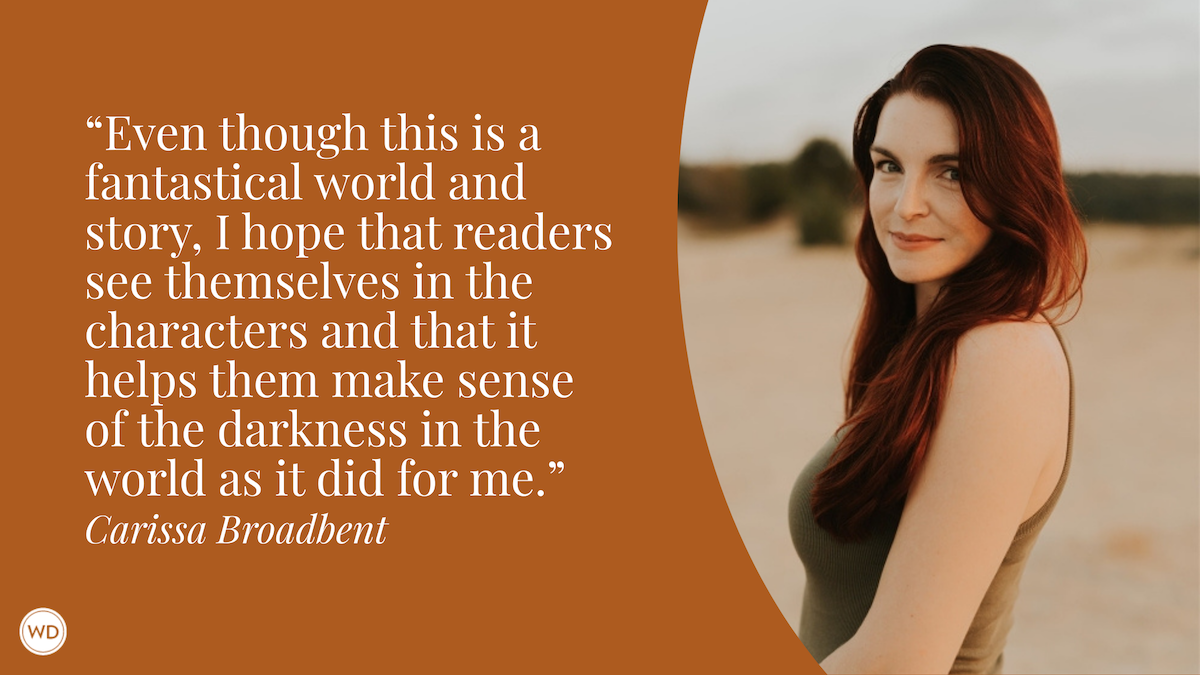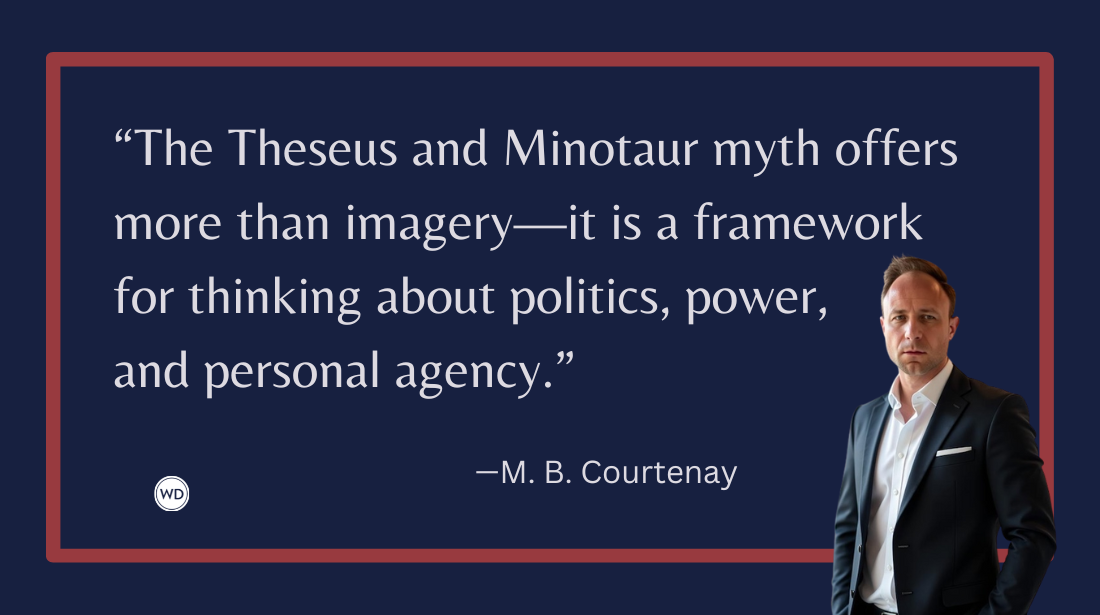5 Ways to Add a Refrain to Your Picture Books (and Why You Should)
Children’s author Christine Evans shares the power of a refrain in picture books, and gives you the tools to write your story’s perfect refrain.
Picture book writers convey heart, humor, and information to the youngest readers within 32 pages. A refrain, which is simply a repeated line, can elevate your book to one kids beg their parents and teachers to read over and over and over again. And if your book is fun to read aloud, grown ups will reach for it repeatedly too.
Why Do You Need a Refrain?
Kids love predictable patterns. They throw their toys from a high chair over and over, request the same food, or ask for the same book every night. Repeating things helps them learn and brings them comfort.
This behavior, while sometimes infuriating for parents, helps kids develop language skills. Research has shown kids re-reading the same books learn more new words from those books than those they’ve only read once or twice.
Plus, when kids can predict what is coming next in a book, they get to read along. This engages them in the story and gives them confidence in their early reading skills. Kids will connect with your book because they become part of the story.
Examples of Books With Winning Refrains
Refrains do so much with a few simple words. They add humor, escalate tension, show character, and reinforce a message.
In Whole Whale by Karen Yin and Nelleke Verhoeff, the animals in the text need to make room for a whale. Each spread ends with the refrain: “But can we fit a whole blue whale?”
This coupled with the rhyming text allows kids to predict what will happen and call out the next line of text. Plus it sets up the ending and builds anticipation: "How can we fit the poor blue whale?"
Another rhyming book is Dozens of Doughnuts by Carrie Finson and Brianne Farley. The refrain reads, “One dozen doughnuts, hot from the pan / toasty and tasty and all for…” Instead of completing the end rhyme with “LouAnn,” the baker and main character, the doorbell rings, and the phrase ends with another character’s name. A continuous stream of visitors enjoy tasty treats and the refrain adds to rising tension and humor. Will poor LouAnn ever get to eat her freshly baked doughnuts?
Titles can also become refrains (or refrains can become titles). In To Carnival by Baptiste Paul and Jana Glatt, the simple title refrain sets up a girl’s journey full of mishaps to Carnival which includes a cumulative collection of characters that build through the text. The author employs a second refrain, “Relax!” to soothe the tension which rises each time the girl panics about not making it to Carnival. Both refrains set up an unexpected ending.
Refrains are used to great effect in nonfiction and informational fiction. One Plastic Bag: Isatou Ceesay and the Recycling Women of the Gambia by Miranda Paul and Elizabeth Zunon employs a refrain to emphasize the build up of plastic waste and the brilliant solution. The first time the refrain is used is in relation to falling fruit: “One fruit tumbles. Then two. Then ten.” The refrain is repeated in different ways with paper, plastic bags, friends, and eventually in reference to the customers of recycled plastic purses the women in the book make, “She chooses a purse and shows it to one friend. Then two. Then ten.”
And in We Are Still Here! Native American Truths Everyone Should Know by Traci Sorell and Frané Lessac, the refrain “We are still here!” emphasizes the important messages in the text including forced assimilation, land allotment, relocation, and the Indian Child Welfare Act.
How to Write a Refrain: 5 Tips From Published Picture Book Authors
1. Watch Your Tone
Melanie Ellsworth, author of Hip, Hip… Beret (illustrated by Morena Forza) says, “make sure the tone of your refrain matches the tone of the rest of the book, so the refrain doesn’t pull readers out of the story.”
In her book, "hip, hip" repeats in each refrain but the final word changes depending on the situation. For example "hip, hip...souffle" when the beret lands in a chef's pan and "hip, hip...ballet" when it blows through a child's ballet class. Melanie says varying the refrain in this way encourages readers to predict the ending word each time.
2. Use a Refrain to Structure your Story
Karen Yin’s book, Whole Whale uses a refrain to build the structure of their book. Karen says, “Questions provoke curiosity, and this one starts with "but," which adds worry and urgency to the mystery—great for encouraging page turns.” Later in the story, the refrain is twisted to heighten the reader’s emotional involvement.
They add, “This simple structure drives the story, and it reminds the reader to keep reading to find out.”
3. Repeat Refrains but Don’t Over Do It
Refrains can get irritating if they’re repeated too many times. Vivian Kirkfield, author of many picture books, says, “For me, using a refrain three times (usually near the beginning, in the middle, and at the end) is just about perfect.” In Pippa’s Passover Plate (illustrated by Jill Weber), Vivian used two different refrains, both of them three times. The first, “Quiver, quaver, shiver, shake. Cats make Pippa cringe and quake.” In subsequent spreads, snakes and owls are substituted for cats.
And the second refrain is: “Have you seen my Seder plate? Sun sets soon - it's getting late.”
Figure out what will serve your story best, maybe two refrains is better than one?
However, Carrie Finson, author of Dozens of Doughnuts, says, “My early drafts of Dozens of Doughnuts had two different refrains going. Both were fun to read, but one did not do much to advance the plot of the story… My editor suggested cutting that refrain, and she was absolutely right! Making that change helped the pacing feel tighter and allowed the single refrain to stand out even more.”
4. Revise for a Refrain
In my debut book, Evelyn the Adventurous Entomologist: The True Story of a World Traveling Bug Hunter (illustrated by Yas Imamura), I discovered the refrain during revisions. I realized the narrative thread, the fact that the entomologist Evelyn Cheesman kept going despite obstacles and people telling her she couldn’t do it, could be turned into a refrain. And as I revised with the refrain “But Evelyn went anyway,” in mind I found other places in the story to use it. At the end of the book I twisted it to say, “Then she spun her stories into books inspiring others to be like Evelyn… And go anyway!
5. Use Mentor Texts
Gather as many books as you can that use refrains and study them. Carrie Finson used mentor texts when writing Dozens of Doughnuts, “I studied several mentor texts to see how other authors used refrains, especially when writing in rhyme. I wanted my refrain to be fun to say and read aloud — something kids might chant along with, but I also wanted to use it to advance the story.”
One of the many books Carrie studied was Bear Snores On by Karma Wilson and Jane Chapman. In it, the refrain “but the bear snores on” continues throughout the story as the animals visiting the bear’s cave get noisier and noisier until, “the bear WAKES UP.” Carrie adds, “Since the refrain has already set a pattern, this change in wording creates a sense of heightened drama for readers — something new is happening.”
Use the books in this article and study them. Look at what works, what doesn’t work, and think about whether you can use a similar structure for your story. Remember, not all stories need refrains. But you might find that a winning refrain turns your book into one that kids turn to over and over and over again.
In this course, you'll learn how to write a winning picture book narrative, envision it with illustrations, and put together a picture package that a publisher will really notice.
Christine Evans is a children’s book author who writes books to inspire curiosity, change, and creativity. Her picture books include Evelyn the Adventurous Entomologist (The Innovation Press) and Emily’s Idea (Sounds True). She is also the author of a chapter book series, The Wish Library (Albert Whitman & Co.). You can follow Christine Evans on Twitter and Instagram (@ChristineNEvans) and find out the latest news on her website pinwheelsandstories.com.









